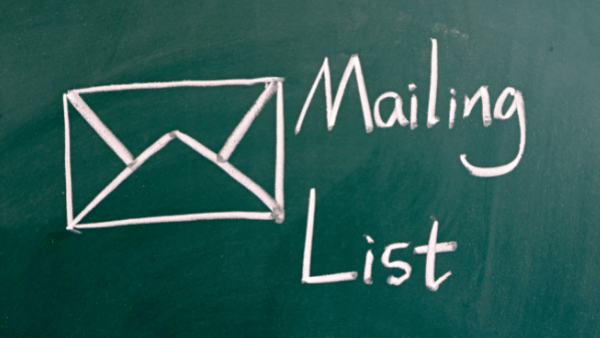Charity Mailing List Removal

There’s no way to stop all unwanted charity mail, but these tips can help:
1. Discard appeals that don’t interest you. No charity expects a response from everyone it solicits. Responding with even a few dollars to a charity request puts you on its mailing list, a list it may decide to share with other charities.
2. Write directly to charities whose mail you don’t want and ask them to delete your name from their mailing lists. Tell charities you support whether you want your name removed from any lists they rent or exchange. (A BBB standard requires that a charity offer its contributors an opt-out opportunity, in its written appeals, at least once a year.)
3. Enclose the mailing label or return card that came with an appeal when you write to ask a charity to stop mailing to you or exclude your name from any list that it shares with others. If you want to eliminate duplicate appeals with slight variations in name or address, enclose all the labels with your request.
4. Add correct postage to any charity appeal envelope on which you’ve written “delete my name” or “return to sender” before you put it the mail box. Charities’ nonprofit mailing rates won’t pay for returns.
5. Register with the Direct Marketing Association (DMA) Mail Preference Service, (MPS), www.dmachoice.org. Since not all mailers use this service, registering won’t eliminate unwanted mail but can reduce it.
6. State your preferences about the number and timing of appeals from your favorite charities and see if they’ll honor them. Many now offer automatic monthly bank withdrawal plans that replace mailings.
7. Contact BBB Wise Giving Alliance if a national charity doesn’t handle a complaint to your satisfaction. Send us your complaint by regular or e-mail and we will relay it to the charity. To meet BBB Charity Standard 20, charities must respond and act on complaints we bring to their attention.
Why So Much Mail?
The thousands of charities that depend on direct mail fund raising for their economic survival must constantly seek to acquire new givers and to persuade present givers to renew their support. Acquisition and renewal, the major purposes of most charities’ mailings, are complex and expensive.
For a national acquisition campaign, a charitable organization may mail from a half million to ten million or more letters. Only a small fraction of the recipients will give in response, even in what’s considered a successful mailing. While donors see nothing but waste in appeals they don’t want, charities look at broader results of their mailings, including how many people give in response; the average dollar amount of all gifts that result from the mailing; and the percentage of first-time givers who, when solicited again, give again.
Some donors may find it difficult to accept, but fund raisers report that continuous appeals to donors who have already given result in more contributions. The more recent the last gift, the better chance of another. Once you give, the same organization may solicit your support several times in one year.
How Does My Name Get on Lists?
Contributing to a charity adds your name to its “donor” list. That list can be shared with other organizations that are looking for potential donors, if the charity so chooses. The result is mail in your box from both the charity you first gave to and those with whom it shared your name.
Generally, charities deal with list brokers who help them identify and then access lists of names with a good potential for becoming givers. Not all names come from other charities; your name on a list of subscribers to a special-interest magazine, or among buyers of a certain product or service, for example, may end up on a list used by charities to solicit donors.
It’s often not easy to know where a charity got your name, because fund raisers may cast a wide net. A charity focused on children’s leukemia, for instance, might initially seek lists of those who had donated or otherwise shown interest in leukemia, then of those who’d reacted positively to children’s issues, and then maybe to those who gave to cancer or even to other diseases.
